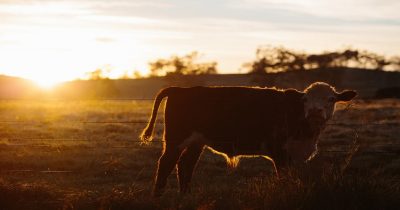
Between 2008 and 2022, land prices nearly doubled throughout the world and tripled in Central-Eastern Europe. In the UK, an influx of investment from pension funds and private wealth contributed to a doubling of farmland prices from 2010-2015. Land prices in the US agricultural heartlands of Iowa quadrupled between 2002 and 2020.
Agricultural investment funds rose ten-fold between 2005 and 2018 and now regularly include farmland as a stand-alone asset class, with US investors having doubled their stakes in farmland since 2020.
Meanwhile, agricultural commodity traders are speculating on farmland through their own private equity subsidiaries, while new financial derivatives are allowing speculators to accrue land parcels and lease them back to struggling farmers, driving steep and sustained land price inflation.
Top-down ‘green grabs’ now account for 20% of large-scale land deals. Government pledges for land-based carbon removals alone add up to almost 1.2 billion hectares, equivalent to total global cropland. Carbon offset markets are expected to quadruple in the next seven years.
These are some of the findings published in the new report ‘Land Squeeze’ by the International Panel of Experts on Sustainable Food Systems (IPES), a non-profit thinktank headquartered in Brussels.
The report says that agricultural land is increasingly being turned into a financial asset at the expense of small- and medium-scale farming. The COVID-19 event and the conflict in Ukraine helped promote the ‘feed the world’ panic narrative, prompting agribusiness and investors to secure land for export commodity production and urging governments to deregulate land markets and adopt pro-investor policies.
However, despite sky-rocketing food prices, there was, according to the IPES in 2022, sufficient food and no risk of global food supply shortages. Despite the self-serving narrative pushed by big agribusiness and land investors, there has been no food shortage…
…click on the above link to read the rest of the article…